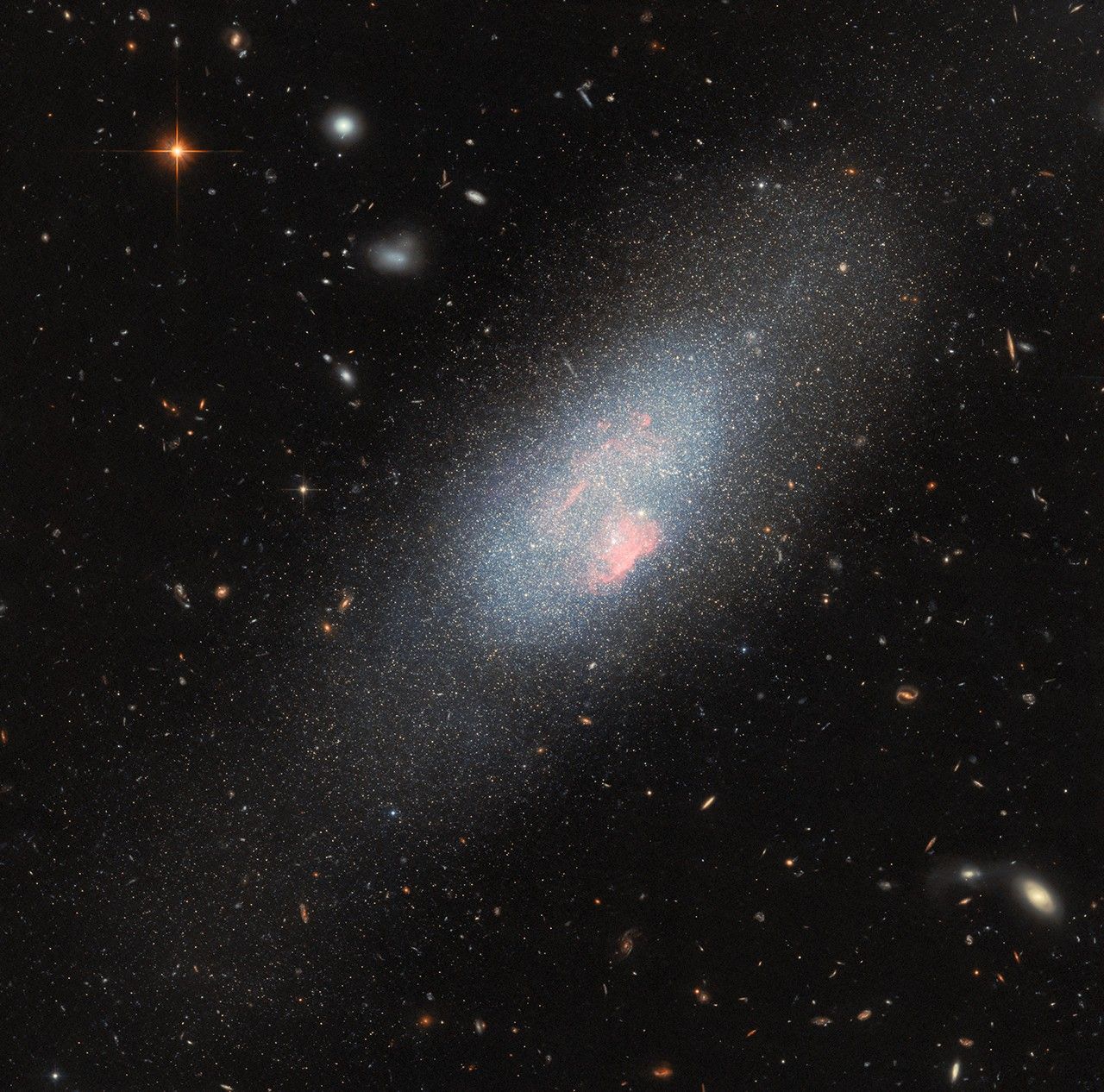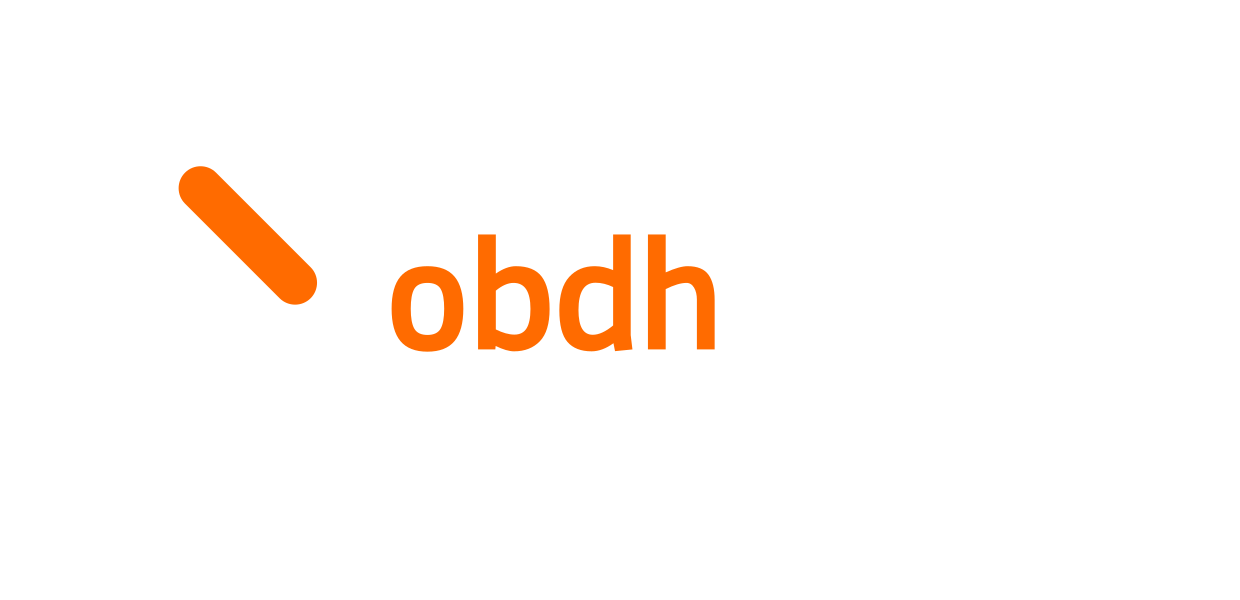Key statistics
Satellite STS 31 at a glance.
Uptime
5
Days in orbit
Revolutions
N/A
Per day
Orbit
LEO
Low Earth Orbit
Inclination
N/A
Latest
Satellite identification and parameters
Extended collection of information and parameters for STS 31.
Object identification
Object name: STS 31
International designator: 1990-037A
Object number (NORAD): 20579
Object ID (CCSDS): 20579
Country: UNITED STATES OF AMERICA (US)
Current information (Y/N): Y
RCS size: MEDIUM
Orbital parameters
Decay date: April 29, 1990
Inclination: 28.47 deg
Period: 96.96 minutes
Apoapsis: 617.0 km
Periapsis: 609.0 km
Two-line elements (TLE)
No TLE available, as this satellite has decayed and is no longer in orbit.
Live tracking on map
Satellite STS 31 has decayed and is no longer in orbit. No tracking available.
In-orbit conjunctions
Satellite STS 31 has decayed and is no longer in orbit. No conjunctions available.
Associated space launch
STS-31 was the thirty-fifth mission of the space shuttle program. Discovery's tenth mission deployed the Hubble Space Telescope.
STS 31 was lifted into orbit during the mission ‘Space Shuttle Discovery / OV-103 | STS-31 (Hubble)’, on board a Space Shuttle space rocket.
The launch took place on April 24, 1990, 12:33 p.m. from Launch Complex 39B.
For more information about the launch, click the button.

Space Shuttle Discovery / OV-103 | STS-31 (Hubble)
Agency: N/A
Status: Launch Successful
Launch date: April 24, 1990, 12:33 p.m. UTC
Rocket: Space Shuttle
Launch pad: Launch Complex 39B
Location: Kennedy Space Center, FL, USA
...
Latest news about this satellite

Massive Stars Make Their Mark in Hubble Image
This NASA/ESA Hubble Space Telescope image features a glittering blue dwarf galaxy called Markarian 178 (Mrk 178). The galaxy, which is substantially smaller than our own Milky Way, lies 13 million light-years away in the constellation Ursa Major (the Gre...

A Rare Gourd
NASA’s Hubble Space Telescope captured an uncommon sight – the death of a low-mass star – in this image of the Calabash Nebula released on Feb. 3, 2017. Here, we can see the star going through a rapid transformation from a red giant to a planetary nebula,...

Massive Stars Make Their Mark in Hubble Image
This NASA/ESA Hubble Space Telescope image features a glittering blue dwarf galaxy called Markarian 178 (Mrk 178). The galaxy, which is substantially smaller than our own Milky Way, lies 13 million light-years away in the constellation Ursa Major (the Gre...
Newsletter sign-up
Weekly statistics, charts and insights to help you stay on top of the space industry.




